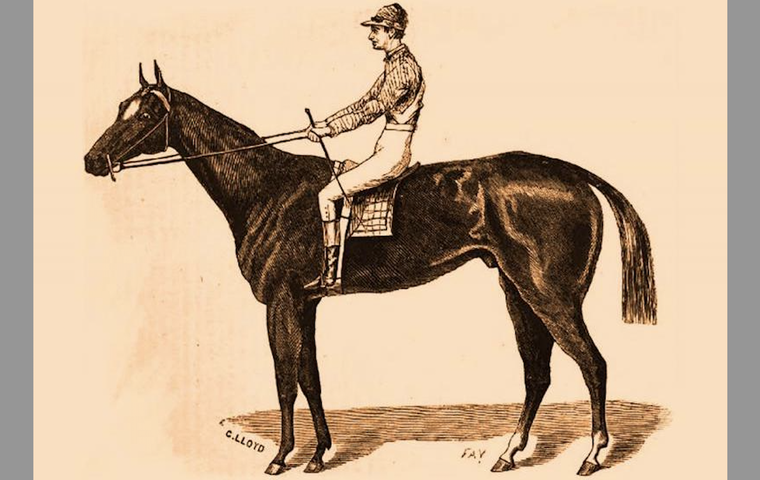
Read this extract from Mark Shrager’s illuminating new book examining the events leading up to Aristides’s victory in 1875 in the first ‘Run for the Roses’.
In The First Kentucky Derby, racing historian Mark Shrager examines the events leading up to the first ‘Run for the Roses’ – such as the unsuccessful plot hatched by the winning horse’s owner to fix the race, and the prominent role played by African Americans in Gilded Age racing culture.
In this extract, he examines the runners and riders who faced the starter in 1875, when Aristides earned a lasting place in sporting history.
A virtual parade of Black jockeys
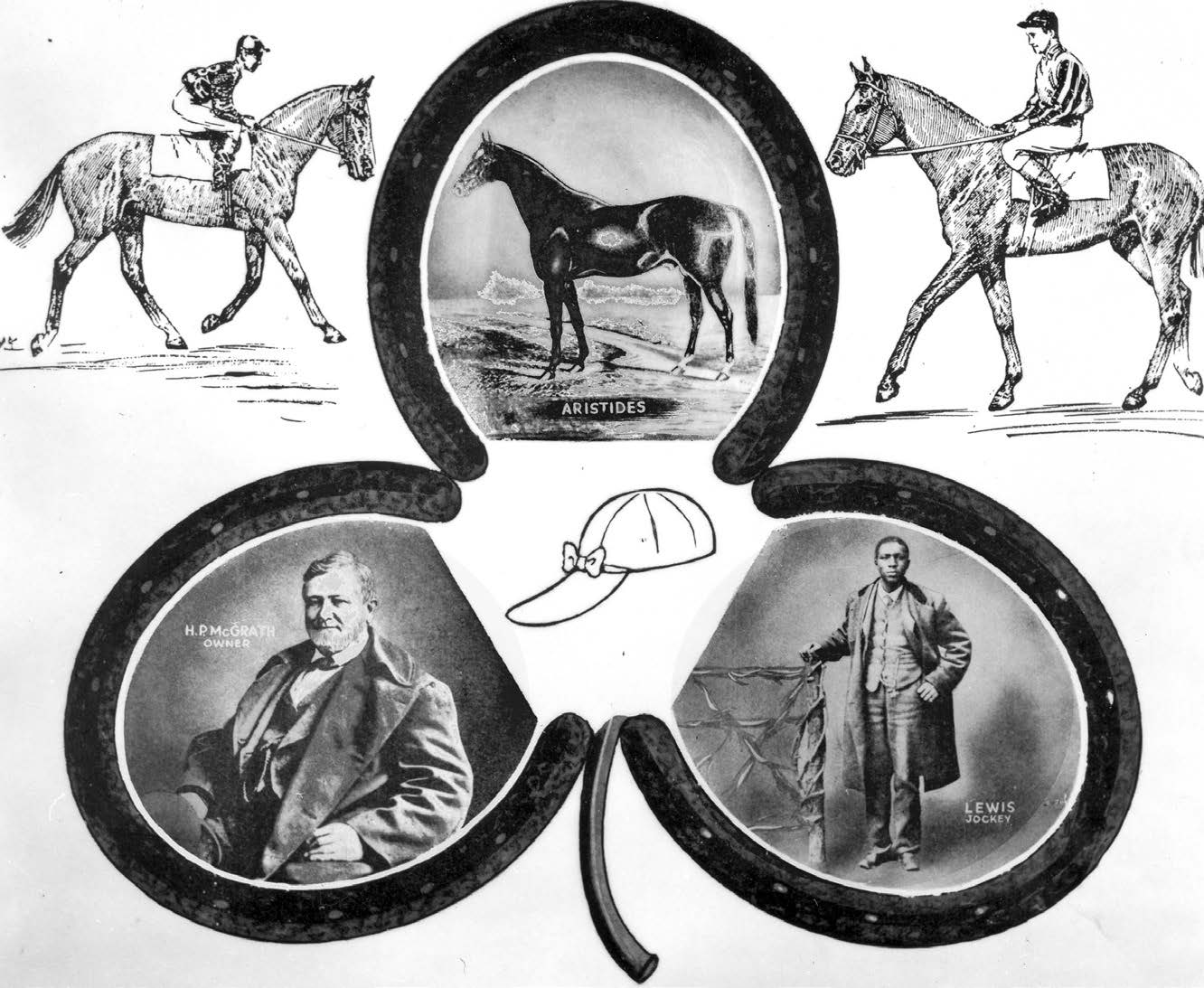 And now the 15 three-year-olds – 13 colts and the fillies Ascension and Gold Mine (or Goldmine, depending on whose account of the race one reads) approached the starter’s stand, and those in the big crowd noted that a great many of the riders were Black men. It was, indeed, a virtual parade of Black jockeys. Thirteen of the 15 riders were African American, the pale faces of two outnumbered white jockeys standing out among the group.
And now the 15 three-year-olds – 13 colts and the fillies Ascension and Gold Mine (or Goldmine, depending on whose account of the race one reads) approached the starter’s stand, and those in the big crowd noted that a great many of the riders were Black men. It was, indeed, a virtual parade of Black jockeys. Thirteen of the 15 riders were African American, the pale faces of two outnumbered white jockeys standing out among the group.
The 15 Derby starters were a mixture of the great (or soon to become recognized as great), the very good, the ordinary and the downright nondescript. Some of the more highly regarded entrants had faced strong competition from the beginning of their careers, racing in high-level stakes events; some had been ineffective even in entry level competition.
Today, the Kentucky Derby bestows millions of dollars in value upon its winner, and the nation’s best-regarded three-year-olds are raced through the previous autumn, winter and early spring in the hope that they will accumulate enough Derby points in races like the Breeders’ Cup Juvenile, the Wood Memorial, the Blue Grass and the Santa Anita Derby to qualify for the big day in Kentucky.
The first Derby was not at all like that; as difficult as it might be for modern-day fans to imagine, some of the entrants were making their first lifetime starts in the Kentucky Derby.
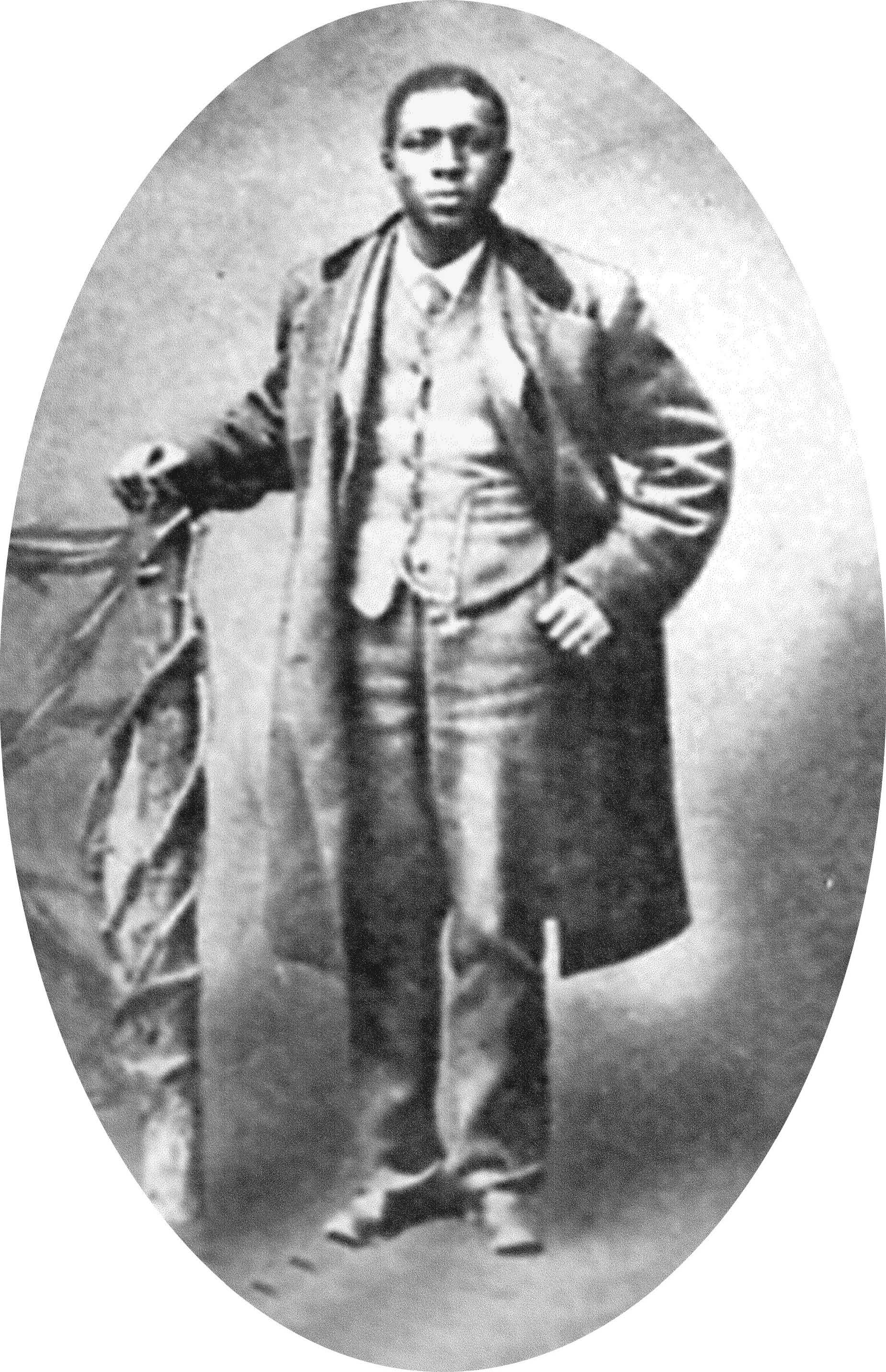 If there was a formal post-parade such as we’re accustomed to seeing in the modern era, the newspapers did not consider it worthy of mention. The field went to the post in no particular order.
If there was a formal post-parade such as we’re accustomed to seeing in the modern era, the newspapers did not consider it worthy of mention. The field went to the post in no particular order.
The entrants in the first Derby were:
Aristides (with African American jockey Oliver Lewis)
Winner of three of his nine two-year-old efforts, he had raced unsuccessfully thus far in stakes events but remained, in [owner-breeder H. Price] McGrath’s and [trainer Ansel] Williamson’s view, a colt of some potential. His seasonal debut seven days earlier had resulted in a last-place performance at Lexington to Derby opponent Ten Broeck, but knowing horseplayers were disregarding this poor outing due to the track’s muddy surface.
Aristides’s owner and trainer knew that their colt had arrived back at the barn with his front legs lacerated and bruised through contact with one of the other starters, but Williamson knew his way around a poultice, and the trainer’s ministrations had worked wonders. On the first Derby Day, the smallish chestnut son of Leamington was in fine form.
Chesapeake(with African American jockey William Henry)
Aristides’s stablemate (the two were favored in the public wagering) had won twice in six 1874 starts, taking the August Stakes at Long Branch and the Kentucky Stakes at Saratoga (named not for the Bluegrass State but in honor of a a champion racehorse, a son of Chesapeake’s own sire, Lexington), both at one mile. His most recent start had been a victory a few days earlier in the two-mile Citizens’ Stakes over the course at Lexington, with a poorly prepared Ten Broeck in the beaten field.
Ten Broeck (with African American jockey Monroe Kelso)
Unlike Aristides, the future Hall of Famer was a superb mud horse, and he had proven this a week earlier with a stylish victory in his seasonal debut in Lexington’s muddy Phoenix Hotel Stakes. Several of today’s Derby starters, including Aristides, had been among his defeated foes. Ten Broeck had then raced indifferently three days later in the Citizens’ Stakes won by Chesapeake. Following that poor effort, Ten Broeck was coupled for wagering purposes in the Derby with all but the McGrath pair, Searcher and Ascension as a member of a large 11-horse wagering field.
Bill Bruce(with African American jockey M. Jones)
The winner of the 1874 Colt Stakes at Lexington had most recently run a strong second to Ten Broeck in the Phoenix Hotel Stakes. It had been Bill Bruce’s first start of the 1875 season, and it was hoped by his backers that he would improve upon that effort.
Gold Mine(with African American jockey Cornelius Stradford)
The filly had started only once as a two-year-old, finishing unplaced in the Filly Stakes at Lexington; in her only start at age three she had run third to Ten Broeck, finishing ahead of Aristides in the Phoenix Hotel Stakes.
Ascension(with British jockey Billy Lakeland)
A non-starter at age two, Ascension, the race’s other filly, won a $1,000 stakes at 1½ miles at New Orleans in her seasonal debut. She would prove to be an excellent three-year-old, with victories in the July 7 Monmouth Oaks and the July 15 West End Hotel Stakes.
Bob Woolley (with African American jockey William Walker)
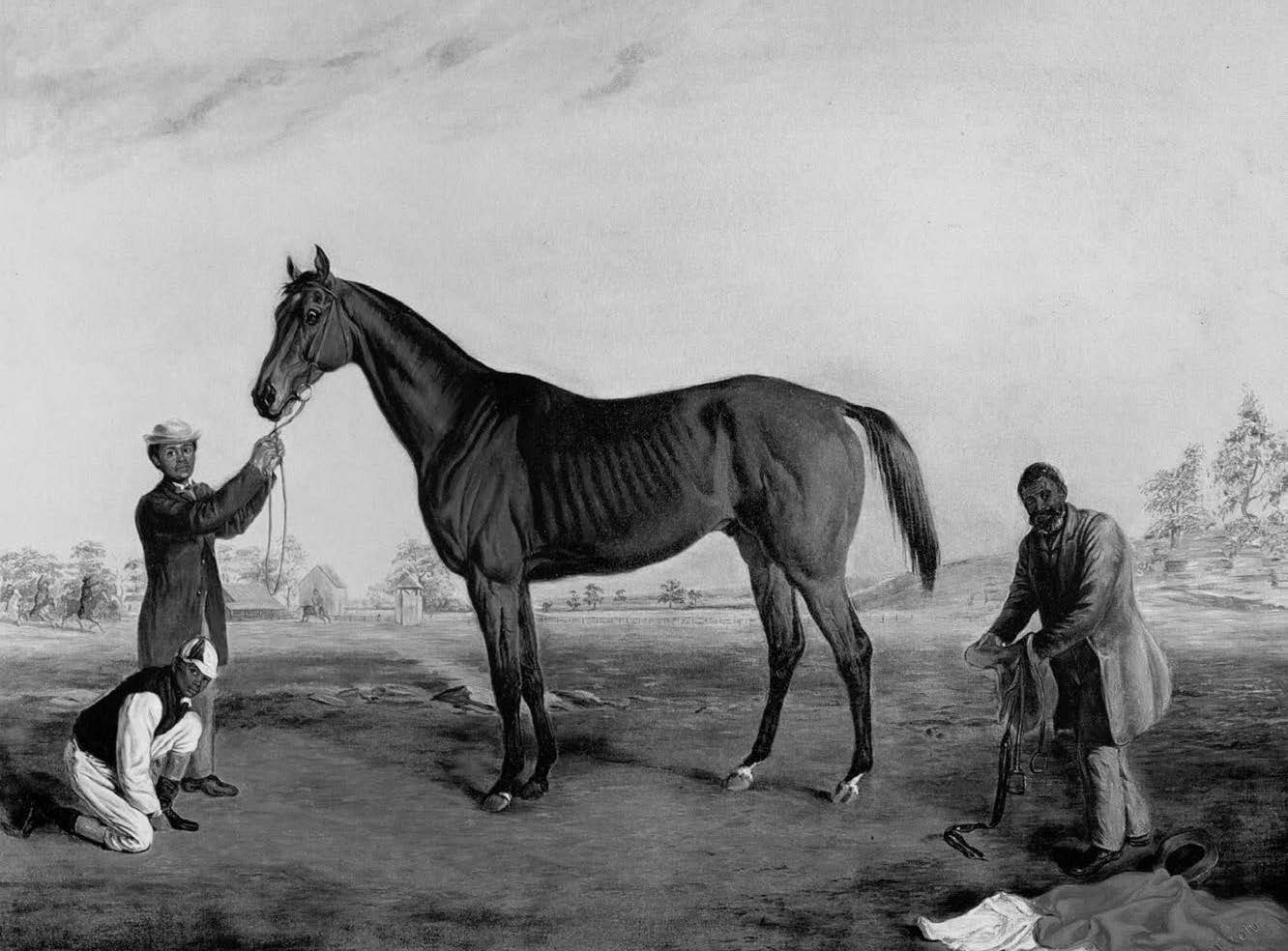 Like Aristides a son of Leamington, Bob Woolley had lost all five of his races at age two, and at age three had won his first start of the year on May 12, winning a pair of back-to-back one-mile heats against a field of previous non-winners. He would not earn another victory until September.
Like Aristides a son of Leamington, Bob Woolley had lost all five of his races at age two, and at age three had won his first start of the year on May 12, winning a pair of back-to-back one-mile heats against a field of previous non-winners. He would not earn another victory until September.
Volcano (with African American jockey Howard Williams)
In an era when many more states and localities had racetracks, the speedy son of Vandal had won a common race at age two at Buffalo, then had returned at age three to win his first three races – or was it four?
The generally authoritative American Turf Register and Racing Calendar credits him with season-opening victories in the Carolina Stakes and the Hutchinson Stakes at Charleston, South Carolina, and the Ten Broeck Stakes and the Lamar Stakes at Savanna, Georgia; the volume’s index suggests that he may not have prevailed in the first of the Charleston races.
He had most recently been the runner-up to fellow Derby starter Verdigris in the Maxwell House Stakes at Nashville. Volcano was, by any measure, a leading contender to win the Derby. For the season, the hard-knocking colt would race a total of 13 times, winning four (or perhaps it was five).
Verdigris (with African American jockey Dick Chambers)
Another powerful presence in the new Derby, the colt had finished second as a two-year-old in the Young America Stakes, and had recently won two races at Nashville, including the May 7 Maxwell House Stakes, racing the mile and a half in 2:41¼, believed to be the fastest-ever over the course.
McCreery(with African American jockey Dick Jones)
A blazing fast three-year-old, McCreery had not distinguished himself during his juvenile season, and was beginning his 1875 campaign in the Derby while still recuperating from a case of equine distemper. He raced only once more in 1875, finishing unplaced on May 22 in the two-mile Clark Stakes before bowing out for the remainder of the season.
Searcher (formerly named Leander, with African American jockey Raleigh Colston Jr.)
Unraced as a two-year-old, the son of Enquirer, had debuted at age three, winning his only pre-Derby start by taking consecutive one-mile heats in a race at Lexington. Searcher would never be an outstanding stakes horse, but would become a hard-hitting purse runner who would win his fair share of races over the course of his career.
Enlister (with British jockey Cyrus Holloway)
Enlister’s jockey had begun at age 10 serving a four-year indentured apprenticeship to a Yorkshire horse trainer, and was now a well-established journeyman rider. Enlister was another son of Enquirer (and therefore a grandson of Aristides’s sire, Leamington) and had won one minor race at Boston in five starts as a two-year-old. He was making his seasonal debut in the 1875 Kentucky Derby.
Warsaw (with African American jockey Peter Masterson)
A grandson of Lexington, Warsaw had not made it to the races at age two, and on Derby Day was making his first start as a three-year-old. He never won a race in 1875 and must have seemed supremely overmatched as he lined up with the other Derby starters.
Vagabond(with African American jockey James Houston)
Making his lifetime debut in the Derby, Vagabond would lose all eight of his starts as a three-year-old.
Grenoble(with African American jockey James Carter)
A grandson of the great Lexington, Grenoble was another making his career debut in the Derby. His Lexington breeding seems to have been the only reason for his owner to believe he might have a chance of defeating the likes of Aristides, Ten Broeck, Volcano and Verdigris.
They’re off and running
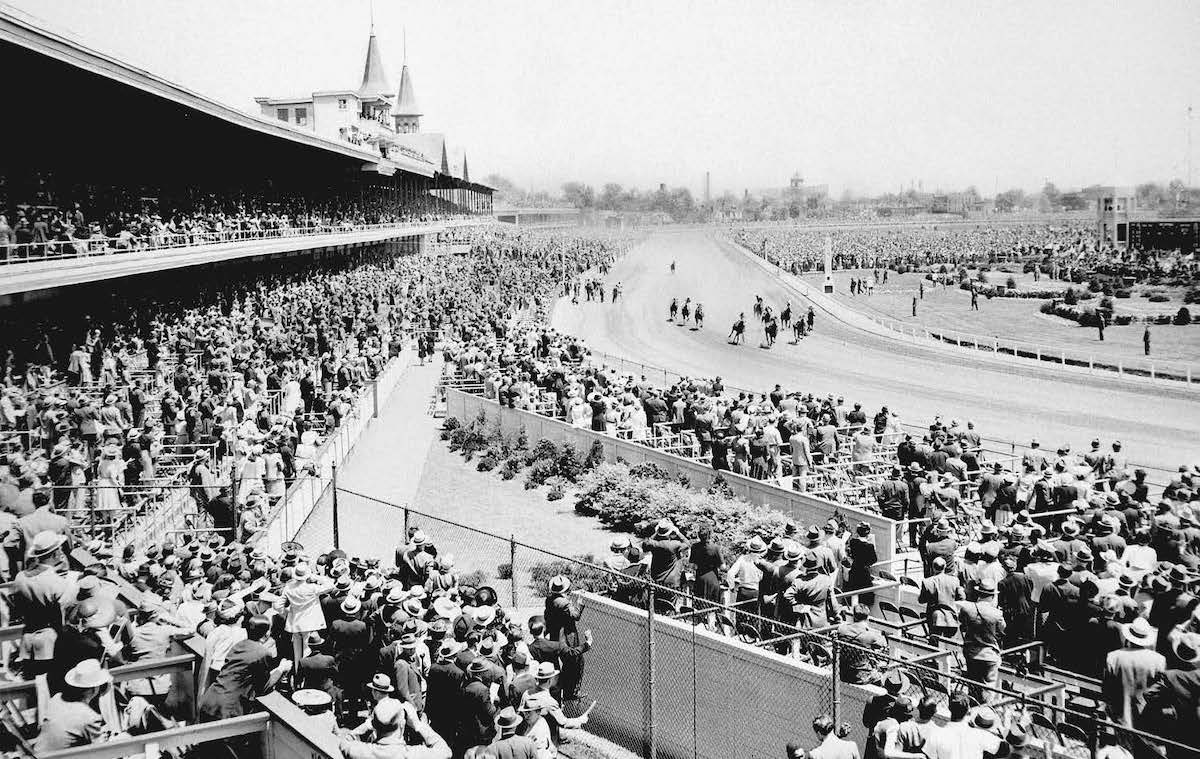 Colonel Johnson was a skillful starter, and within moments he had the field aligned and prepared for the slow walk-up to the starting tape. There seems to be no record of just how they were ordered, which runners had the inside position, which would be breaking from the disadvantageous outside. There were, in fact, newspapers whose stories claimed that the first Derby was started in two ranks, eight horses in front, the other seven a few lengths back.
Colonel Johnson was a skillful starter, and within moments he had the field aligned and prepared for the slow walk-up to the starting tape. There seems to be no record of just how they were ordered, which runners had the inside position, which would be breaking from the disadvantageous outside. There were, in fact, newspapers whose stories claimed that the first Derby was started in two ranks, eight horses in front, the other seven a few lengths back.
Whatever the arrangement, in a matter of moments, the Colonel had seen all that he needed to see. He raised his flag to alert the jockeys that the start was imminent, and the crowd responded with an anticipatory roar that miraculously seems not to have spooked any of the runners into new bouts of panic.
There was a brief, dramatic pause, and when none of the colts or fillies broke prematurely through, Johnson dropped the starting tape and shouted “Go!”
His assistant near the starting point pounded a rat-a-tat on a drum, and another assistant, about 50 yards down the track, waved a flag and then scrambled out of the way as the fifteen starters, practically on their haunches in the moments before the start, bore down on him.
The field for the first Kentucky Derby was off and running.
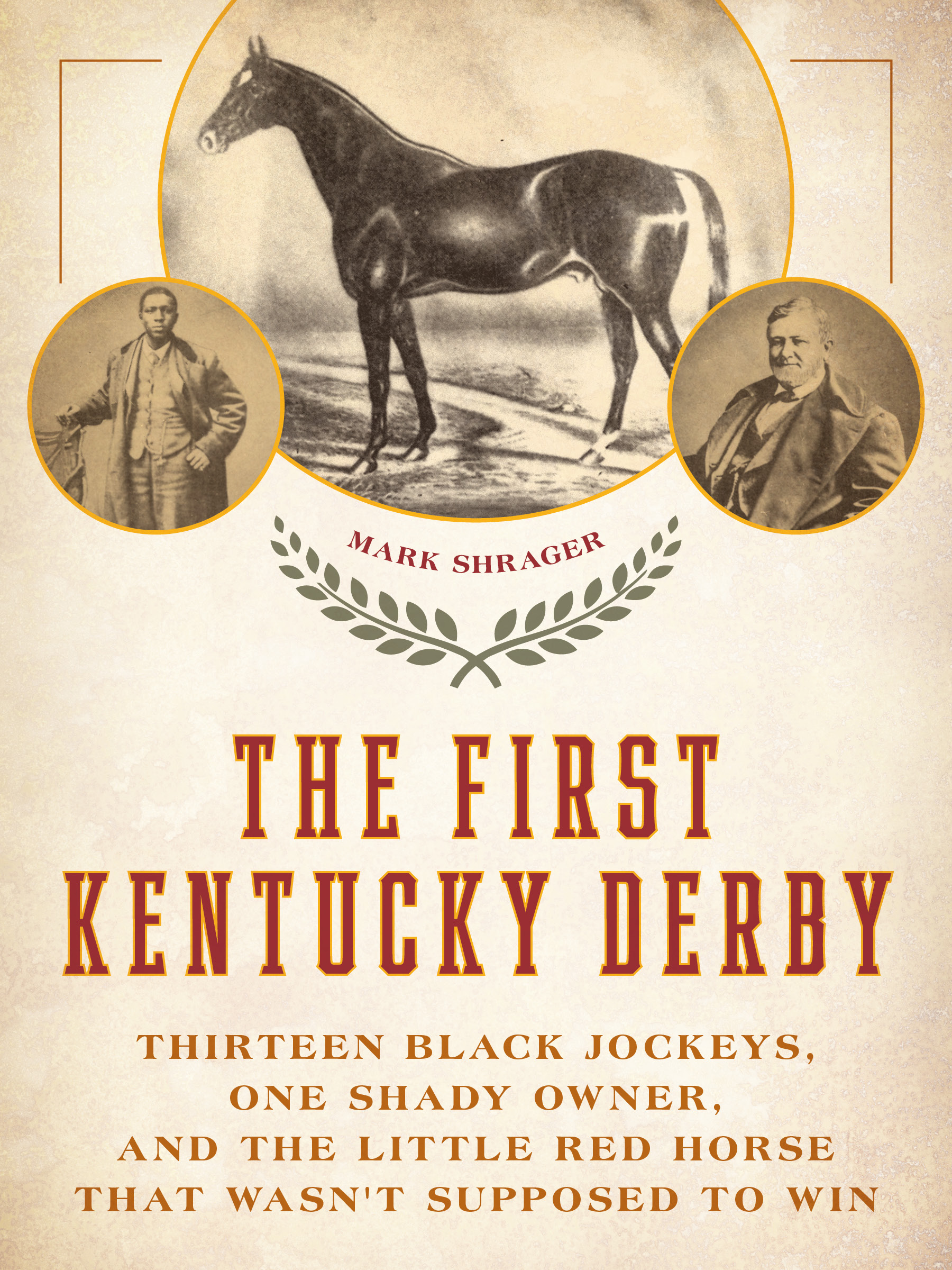 The First Kentucky Derby by Mark Shrager is published on May 1 in hardback (256pp) by Eclipse Press; pre-order for $29.95 here at the publisher’s website or via Amazon
The First Kentucky Derby by Mark Shrager is published on May 1 in hardback (256pp) by Eclipse Press; pre-order for $29.95 here at the publisher’s website or via Amazon
• Visit the Kentucky Derby website
‘He could not overcome one thing: he was Black’ – the extraordinary life of Jimmy Winkfield
The making of the Triple Crown: how Sir Barton broke his maiden in the Kentucky Derby
View the latest TRC Global Rankings for horses / jockeys / trainers / sires


